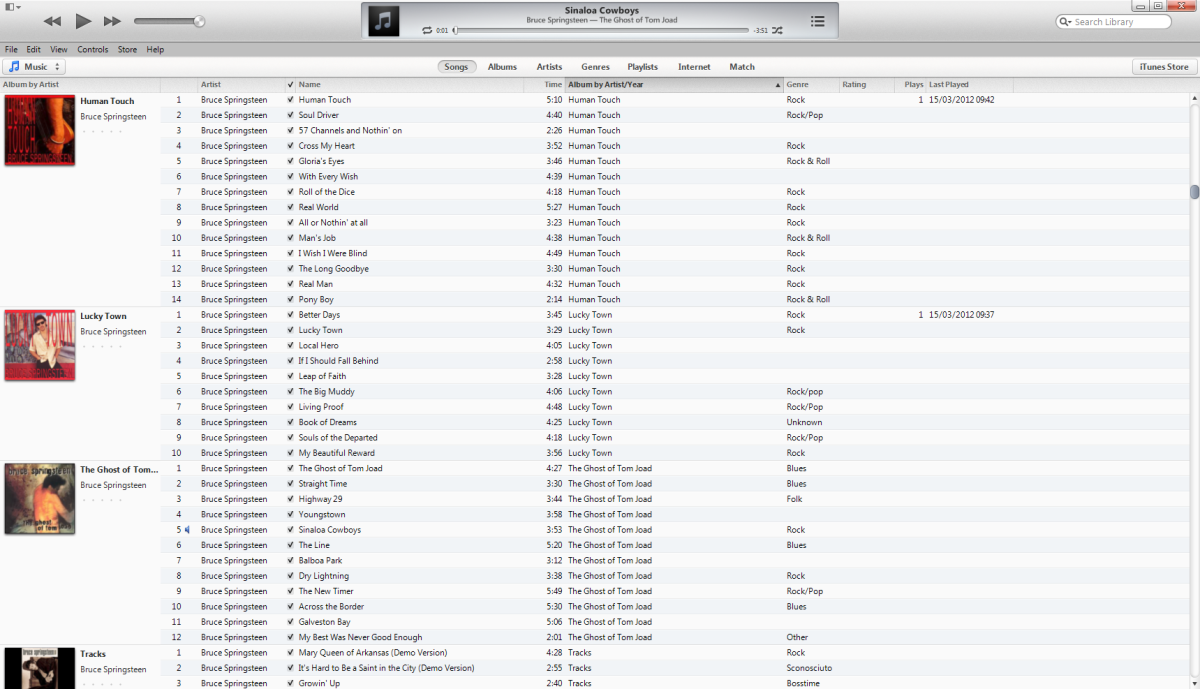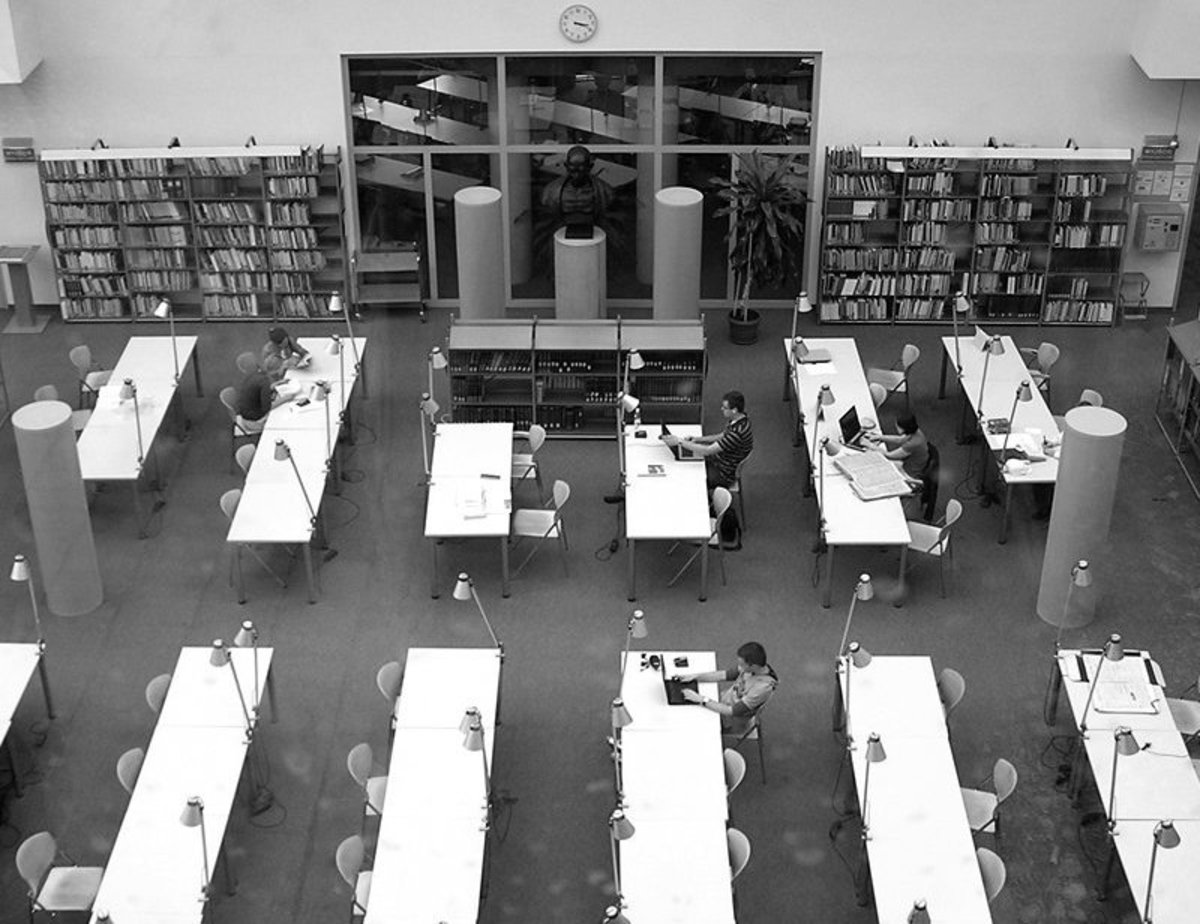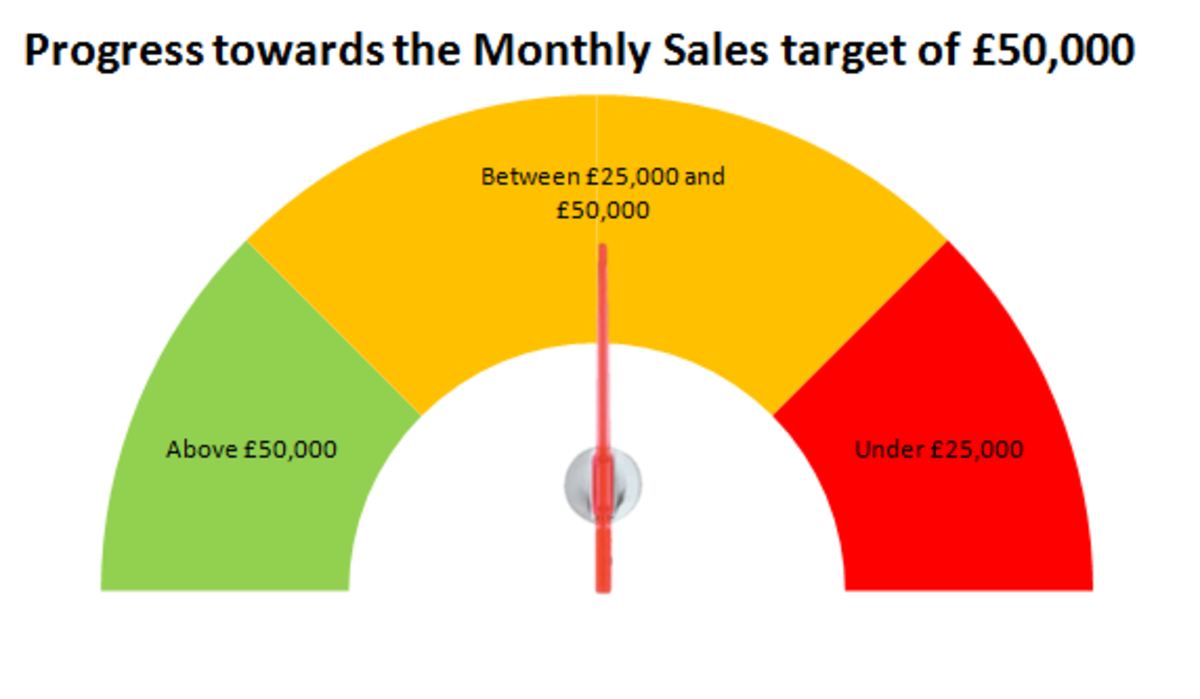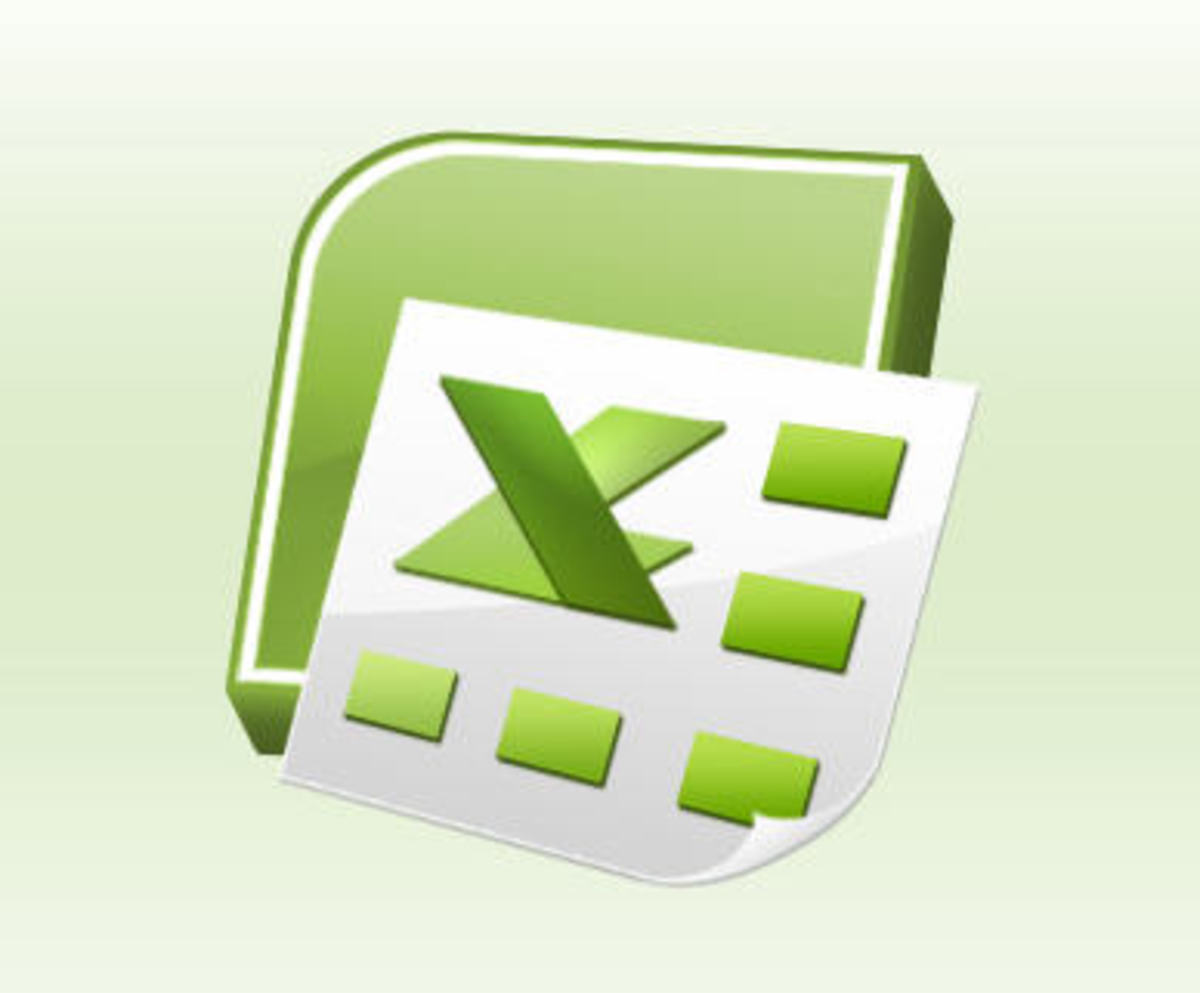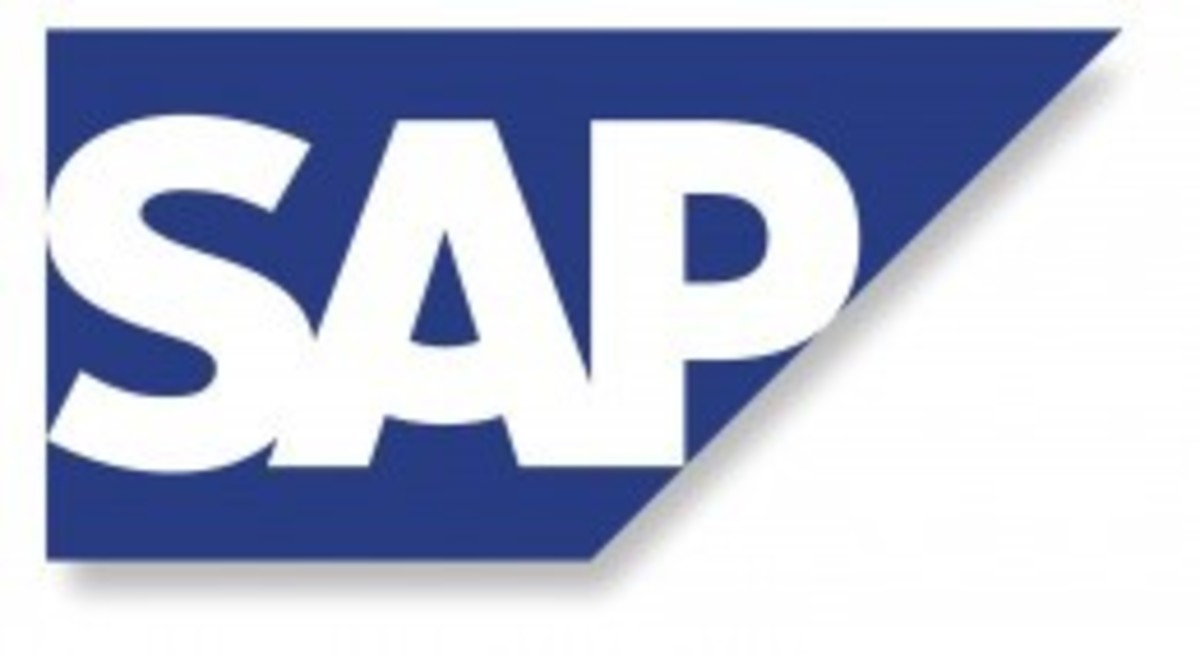Library management system Software Requirements Specification For Islamic University
Software Requirements Specification
1. Introduction1.1 Purpose
The purpose of this document is to fully describe the software requirements for the library management system for Islamic university. These requirements were created in response to a request for proposals from Islamic university and have been developed through further elicitation, negotiations, and feedback.
The intended audience of this document includes the prospective developers of the software and the personnel at Islamic university who are assisting in assessing the completeness and accuracy of the requirements.
1.2 Scope
The LM system will integrate and improve upon the existing systems used by Islamic university in the following ways:
· By providing access to detailed library records and automatic tracking of a borrower position in the library;
· By providing an in depth library equipment interface with electronic sign out request and automatic location tracking capabilities; and
· By maintaining supply stock information within the system to ensure that stock does not run out.
· Update library with latest books and new material.
A web interface will also be provided for visitors and books to access from their home computers and on-site kiosks that will serve general library information.
The goal of the system is to more easily facilitate all administrative activities and information management tasks at the library, decrease the loss of expensive books, and reduce visitor line-ups at information desks.
1.3 Definitions, Acronyms and Abbreviations
Database A database is a collection of information stored on a computer in a systematic way, such that a computer program can consult it to answer questions. The software used to manage and query a database is known as a database management system (DBMS). MySQL, PostgreSQL, Oracle and Microsoft SQL are a few of the common DBMS.
EMS The EMS (Electronic Medical Summary) is based on the Cumulative Books Profile (CPP) as advocated by the College of Physicians and Surgeons under its Committee on Office Medical Peer Assessment (COMPA). The CPP contains a summary of key medical information such as medications, allergies, a problem list and a past medical history etc. The BCMA proposes that EMS be the electronic equivalent of the Cumulative Books profile.
Healthcare Personnel The term healthcare personnel applies to all medical staff who works in St. Peter library, such as doctors and nurses.
HTTP HTTP (or HyperText Transfer Protocol) is a set of rules whose primary method used to transfer information (text, images, sound, video, and other data files) on the World Wide Web.
Internet The Internet is the publicly available worldwide system of interconnected computer networks that transmit data packets by using a standardized Internet Protocol (IP) and many other protocols.
Intranet An intranet is a local area network (LAN) used internally in a company to facilitate communication and access to information that is sometimes access-restricted.
Network Congestion A term used to describe a bottleneck of data packets sent over a network much like a traffic jam with cars. Some of the data trying to be sent will timeout and will be attempted again in the future.
Real-Time An operation within a larger dynamic system is called a real-time operation if the time it takes to complete a task is shorter than the maximum delay that is allowed.
LM The acronym for this project: Supplies, Equipment, and Books Tracking. This project will be known as the “SEPT system” or the “system” from herein.
Stock A supply accumulated for future use.
TCP/IP The Internet protocol suite is the set of communications protocols that implement the protocol stack on which the Internet runs. It is sometimes called the TCP/IP protocol suite, after the two most important protocols in it: the Transmission Control Protocol (TCP) and the Internet Protocol (IP).
Tracking Device A small device that is attached to an object. A tracking sensor will detect when a tracking device is close to it.
Tracing Sensor An electronic device that detects when a tracking device is near by and transmits the information to a tracking interface node.
Tracking Interface Node A computer attached to many tracking sensors that compiles the information it receives.
XML Extensible Markup Language is general purpose markup language that is often used to transfer data over networks. XHTML for website design is an example of another markup language based on XML.
1.4 References
IEEE Std 830-1998. IEEE Recommended Practice for Software Requirements Specifications. Available online at http://segal.cs.uvic.ca/seng321/lectures/IEEE_Standard_1998.pdf.
Islamic UniversityLibrary
January 21, 2005. Available online at http://www.defnad.com/seng321group2client/St_Peters_SEPT_RFPv1.doc.
Wikipedia contributors. Wikipedia, The Free Encyclopedia. Available online at http://en.wikipedia.org/.
1.5 Overview
The remainder of this document contains: an overall description of the LM system in section 2, specific requirements, rational and test cases in section 3, followed by an exploration of the system architecture in section 4.
2. Overall Description2.1 Product Perspective
Islamic University Library requires the development of a system that completely integrates and extends the functionality of their current systems for book search, borrow and return tracking system. The library requires the books tracking system that can meet their capacity of larger number of students simultaneously and a book borrower tracking system that can monitor in excess of 1000 pieces of expensive equipment. Furthermore, the supply database will be required to hold information on stock of a 5000 square foot supply warehouse.
Throughout the library’s has large buildings, tracking sensors will be placed in doorways to pickup signals from the tracking devices attached to books. The SEPT system will be available through the library by a network made of the library’s existing staff computers. An additional interface will be developed for visitors and books accessible at kiosks stationed throughout the library or on the internet from the library webpage. The figure below illustrates the connection of main components of the system.
Figure 2.1-1: Block diagram of the system components
The LM staff interface will provide all authorized library staff with the ability to access book database, user information and other information as well as the tracking features of the system. The web/kiosk interface will provide visitors and user with library information. The tracking hardware interface relays signals from the sensing equipment to the software system. Tracking system will check and ensure incoming and out going library user whether they are keeping some books or not. All tracking data are served from the database server which is accessed over the library’s Intranet and externally to the website via the Internet.
2.2 Product Functions
The LM system has the following features:
· Book record can be access
· A books current location in the library may be tracked
· New books may be signed out and tracked
· User information can be maintained
· books availability status may be maintained
· Library and books visitation information shall be publicly available through the Internet
· Access permission groups may be managed
· Security personnel may monitor in real time
2.3 User Characteristics
There are five main groups of users who will use the system, each with their unique requirements and varying technical skills levels.
2.3.1 Administrative personnel
Administrative personnel require that all library operations, from mundane to system-critical, run efficiently and without problem. Administrative personnel will have extensive management experience and a detailed working knowledge of most the librarys operations.
2.3.2 Healthcare personnel
The doctors and nurses require immediate access to books information and medical equipment. Healthcare personnel have had experience with data entry and computer applications as used in the old system, or at other libraries or elsewhere.
2.3.3 Security personnel
Security requires that all medical equipment and books are in their correct locations and that restricted areas are not breached. The security personnel have extensive experience monitoring outputs of systems and responding to alerts.
2.3.4 Member user
The supply staff requires that data entry of supply stock be as efficient and accurate as possible. They also have had extensive experience with data entry with mainly Microsoft Access.
2.3.5 Visitors
Visitors require access to general books information (room number and visiting hours) from the Internet and on-site kiosks. The technical skill level and physical capabilities of the visitors and books will vary greatly from extremely limited to very high.
2.4 Constraints
As per Islamic University Library’s request, the development of this system must be constrained in the following ways:
1. The implementation of this system must not disrupt the library’s operation during the transition from the current systems.
2. The system must be maintained by at most three IT technicians.
3. Training must be provided by Tri-Systems to familiarize the library’s employees with the system before it goes online (employees are not available for training more than two days per month).
4. Islamic University Library reserves the right to terminate the project at no extra expense if the project fails to meet its proposed deadline.
5. Due to limited funding for this project, the library will not be able to pay more than 25% above the estimated project cost.
2.5 Assumptions and Dependencies
In order for the LM system to function, the following assumptions and dependencies apply:
2.5.1 The current Oracle DBMS will be available for use by the new system
In accordance with the Islamic University Library request (in their RFP) the system must operate using their current version of Oracle DBMS. This existing Oracle DBMS will be used as one of the three Oracle DBMS systems required to run the new system as per the specs in this document (see 3.3.1 for additional information on triple redundancy.)
2.5.2 User computers are available and networked to the library’s Intranet
The system is dependent on all staff computers being connected to the library’s Intranet for secure access to the database server.
2.5.3 Security cards have been issued and readers are located at computers where needed
For secured user login the system requires that the staff have been issued keycards and that their computers are equipped with a card reader if needed.
2.5.4 Approval has been granted to access the provincial EMS system
This is required for interfacing with the systems own medical history database.
3. Specific Requirements3.1 Functionality
3.1.1 F1 Books records may be accessed
As requested in Islamic university this program should store books record in database.
3.1.1.1 RS1 By default, the system shall store Books information
· Identifying information (Book Name)
· Book detail
· Author name
· Author detail
· Number of copy
· Category and use of book
· Number of reader and last access
· Reserved condition
3.1.1.2 RS2 Book information fields can be added, removed or re-labeled
The following details respond to the concern about error responses noted in the feedback to RS 2.0: Any changes (addition, modification and removal of fields) will require the user to confirm the change. In the event that an error occurs the change will not be made and the user will be notified.
3.1.1.3 RS3Book information fields shall be read-only, read/write, or read/add
3.1.1.4 RS4The system shall allow new books to be added
3.1.1.5 RS5 The system shall log changes made to books information
· The user who made the change
· What was changed (including the previous value)
· When the change was made
It was also requested during the negotiations that there be some way to notify the user viewing the record that a particular field has a change log (such as a flag beside the field that link to the change history). The change logs shall not be modifiable by anyone.
3.1.1.6 RS6 The system shall obtain medical records from the British Columbia medical record system
R6 As requested during negotiations, the provincial EMS information shall be available as part of a books’s medical record that is maintained in the system. Whenever a books’s information is requested, the system shall query the provincial medical record system for additional data.
The following clarification was requested in the feedback to RS 2.0. The request is placed on a queue and is handled as soon as possible (in most cases this will be immediately after being queued), but in the event that the provincial medical record system is down, the query will remain in the queue until it can be processed. Once the query has been completed it will update the records inside the SEPT system (if appropriate) with the new information. The user will be notified that the system cannot communicate with the provincial medical record system at this time and that the information will be updated as soon as possible.
3.1.1.7 RS7 The system shall update provincial medical records to the provincial medical record system
R7 As requested during negotiations, books information maintained in the system shall be able to update provincial EMS data with new medical information and history. When a books’s information is updated in the system, the new data is added to a queue that will be sent to the provincial database when possible.
The following clarification was requested in feedback to RS 2.0. As mentioned above, any updates requiring to be published to the provincial medical records system is added to a queue. The entries in the queue are published to the provincial medical record system as soon as possible (in most cases immediately upon being added to the queue), but in the event that the provincial medical record system is unavailable the updates will remain in the queue until they can be published. The system will present the user with a visual notification cautioning them that their changes may not appear in the provincial medical record system immediately because SEPT is having difficulties communicating with the system at this moment. This notification will also reassure the user that all changes have been recorded by SEPT.
3.1.2 F2 The system will track the current locations of books in the library.
As requested in the RFP, this is required so books may be quickly located for immediate treatment and monitoring entry to restricted areas.
3.1.2.1 RS8 Books location shall be displayed as the current building, wing, floor and room that they are in
3.1.2.2 RS9 A books current location shall be updated automatically and in real-time
3.1.2.3 RS10 Books shall be identified by searching by information or location
3.1.3 F3 Medical equipment shall be recorded, tracked, and signed out
As requested in the RFP, the tracking of equipment shall be automated and signing out shall be digitized.
3.1.3.1 RS11 The following information shall be stored by the system
· Staff member who signed out item
· Sign out time
· Sign in time
· Duration item was signed out
· Intended destination of item
· Current location of item
This requirement is based on Use Case 2: Finding and Editing Information for Equipment (4.3.2).
3.1.3.2 RS12 Equipment shall be signed-out whenever it is in use
3.1.4 F4 The system shall store and monitor stock information
As requested in the RFP, the supply staff is responsible for storing and monitoring supply levels to ensure that stock never runs out by alerting the appropriate staff of low supplies.
3.1.4.1 RS13 The following supply information shall be stored by the system:
R13 As requested in the RFP, the system will store the following information:
· Product information
· Stock in warehouse
· Minimum supply level (used to trigger low supply notifications)
The minimal supply level will accept an integer value to represent a suitable quantity for the supply it is associated with. When the quantity of a supply drops below the minimum supply level associated with it, a notification will be generated. (Requested in feedback to RS 2.0.)
This requirement arose from Use Case 7: Creating an In-House Supply Order (4.3.7).
3.1.4.2 RS14 The system will notify the administrative personnel and supply staff when stock is low
This clarification was requested in response to RS 2.0. When the quantity of a supply drops below the minimum level it will generate a low stock notification that is added to a queue. This notification will be displayed to all administrators and supply staff when they are logged into the system until the supply level is restocked.
3.1.4.3 RS15 Supply inventory history shall be stored for 1.5 years
3.1.5 F5 The system shall storeroom and bed availability status
As requested in the RFP, this will allow fast allocation of rooms to books in need.
3.1.5.1 RS16 The status of beds and rooms is associated with the books occupying it
3.1.5.2 RS17 Information maintained on bed availability is to consist of which building, wing, floor number and current status
3.1.6 F6 Library and books visitation information shall be publicly available
As requested in the RFP, this will be provided through the library’s website and on-site visitor information kiosks. This feature came from Use Case 4: Using the Kiosk/Website (4.3.4).
3.1.6.1 RS18 The system shall allow users to access general information about the library
3.1.6.2 RS19 Website and visitor information kiosks shall provide floor plans of library
3.1.6.3 RS20 The system shall provide visitors with the library's visiting hours
3.1.6.4 RS21 Website shall allow users to obtain a map of the library's location
R21 This is to aid visitors and books to plan their commute to the library.
3.1.6.5 RS22 Website and visitor information kiosks shall display books's room numbers
3.1.6.6 RS23 The website shall present specific, plain language error message to the user in the event of a failed transaction
3.1.7 F7 Users and groups may be created and access permissions shall be modified
3.1.7.1 RS24 Administration staff shall be able to create new users and groups
R24 As requested during negotiations, members of the administration user group will have the ability to create new users and groups, as well as modify the permissions of the groups. Requirement extracted from Uses Case 5: Creating users, user groups, and setting permissions (4.3.5).
3.1.7.2 RS25 The system shall restore previous group permission if a fatal error occurs during a transaction
3.1.7.3 RS26 The system shall provide default user groups
R26 The default user groups, as initially requested in the RFP, shall be:
· Administrative personnel
o Access to all system functionality (no restrictions shall be placed upon this group)
· Healthcare personnel
o Access to books tracking and records
o Access to equipment tracking and sign-out
· Security personnel
o Access to books tracking
o Access to equipment tracking
· Supply staff
o Access to supply stock maintenance
· Visitors
o Access to website and visitor information kiosks
3.1.7.4 RS27 Group access to system functionality shall be restricted by the group’s permission settings
3.1.8 F8 Security personnel may monitor books and equipment in real time
3.1.8.1 RS28 The system shall alert security personnel if restricted areas of the library are accessed by unauthorized books
R28 As requested in the RFP, security staff shall receive notification when restricted areas are breached.
Additional detail requested during feedback to RS 2.0 follows. Notifications are added to a queue and displayed to all security personnel currently logged in to the system. It will remain in the queue until it is manually removed by security staff. If no security personnel are logged into the system at the time of the alert th

